The world of communication and presentation has been enhanced by the invention of the dry erase marker. This tool's magic lies in its ability to write on non-porous surfaces, such as white boards and glass marker boards, and then be wiped off easily, leaving no trace behind. This has revolutionized the way presentations are made, ideas are jotted down, and messages are conveyed.
Different types of dry erase markers
The journey of a dry erase marker starts with its types. They come in a variety of styles and colors to cater to different needs. Some are designed with a chiseled tip for versatile writing styles, while others have a fine tip for more detailed work. There's also the whiteboard marker that's specially made for white boards. However, the custom dry erase markers stand out with their personalized features, tailored to meet specific demands. Then there are the magnetic marker boards that come with magnetic dry erase markers, making it easy to keep track of your writing tools.
Features of a dry erase marker
A dry erase marker has unique features that set it apart from regular markers. Its ink is non-permanent, allowing it to be wiped clean with a simple cloth or eraser. This makes them ideal for marker board paint and other non-porous surfaces where information needs to be updated regularly. Another feature is the odorless ink, which makes them safe and comfortable to use in closed spaces. They are also quick-drying, preventing ink from smudging or spreading as you write.
Materials used in dry erase markers
The materials used in a dry erase marker contribute to its functionality. The marker’s body and cap are usually made of plastic, while the tip is made of felt or nylon. The ink, which is the heart of the marker, is a solution of color pigments, a solvent, and a polymer or release agent. This combination creates an ink that can adhere to a surface but be wiped away without leaving a residue. However, the glass marker board and white marker board require a specific kind of ink. This ink should have a high contrast against the board's surface, ensuring the writing is easy to see and read.
The dry erase marker is a versatile tool that enhances communication and promotes creativity. Its types, features, and the materials used to make it all contribute to its efficiency and popularity in various settings. From white boards in classrooms and offices to glass marker boards in high-end conference rooms, it continues to revolutionize the way people communicate.
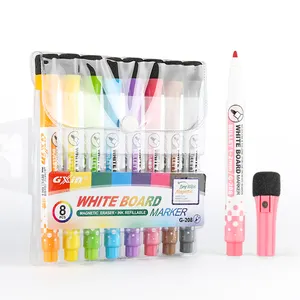
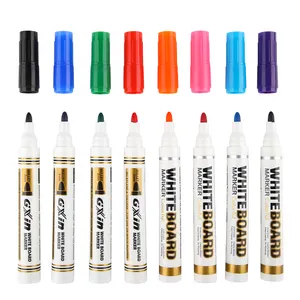

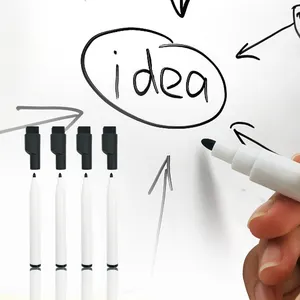

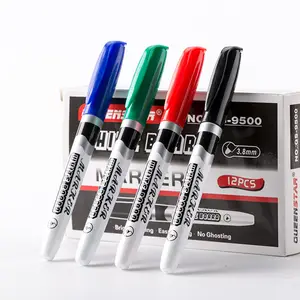


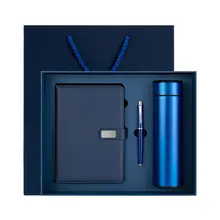








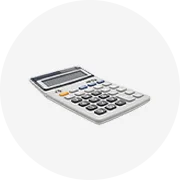
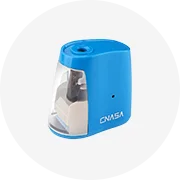
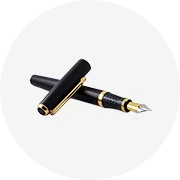
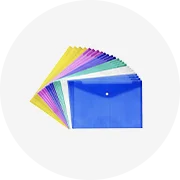
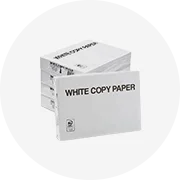
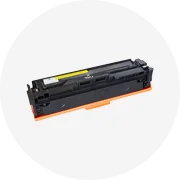
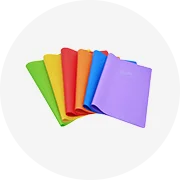
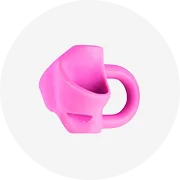
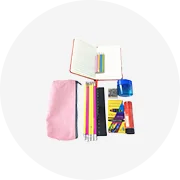
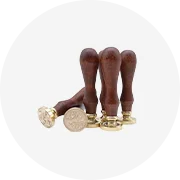
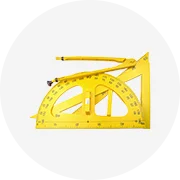
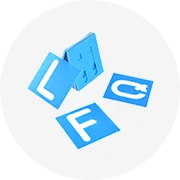
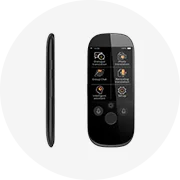

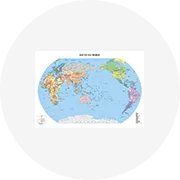









 浙公网安备 33010002000092号
浙公网安备 33010002000092号 浙B2-20120091-4
浙B2-20120091-4